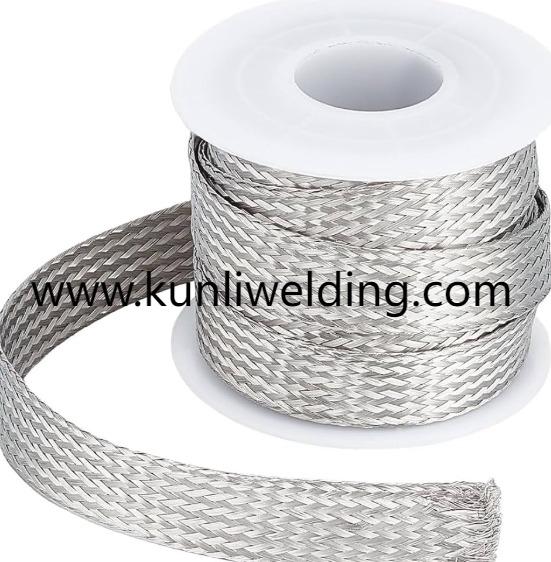Do Aluminum Welding Wire Manufacturers Offer Traceable Eco Friendly Practices

Manufacturers are under fresh pressure to shrink environmental footprints while keeping output steady, and Aluminum Welding Wire Manufacturers are rethinking processes to meet that demand. Sustainable material choices, reduced waste practices and cleaner production flows are rising on procurement checklists, which is changing how wire producers design packaging and control scrap. Partners that document handling and quality practices make it simpler for fabricators to align welding choices with broader sustainability goals.
One practical area where producers show impact is in energy and material efficiency during wire drawing and spooling. Companies that optimize drawing lines and reuse process water reduce resource strain without adding complexity to wire feed behavior. That makes it easier for shops to adopt eco aware supply chains while keeping feed reliability and bead consistency intact. Statements about manufacturing processes and product forms are available from supplier pages that detail wire types and handling notes.
Material selection and alloy control also matter for lifecycle thinking. Filler metals that yield corrosion resistant deposits help extend service intervals for outdoor and marine hardware, lowering long term maintenance burdens for asset owners. When manufacturers keep tight tolerances on alloy chemistry and present clear documentation for end users, procurement and engineering teams can plan maintenance cycles with greater confidence. Product descriptions often include recommended applications and handling notes that support this planning.
Packaging and contamination control are small changes with large downstream effects. Refillable spools, sealed storage options and packaging that limits moisture pickup reduce scrap and porosity risk at the welding station. Suppliers that align spool formats with common feeders and that give guidance on storage help fabricators avoid wasted runs and rework. These logistical improvements also lower the frequency of emergency orders which in turn reduces shipping related emissions from rush consignments.
Quality control and traceability feed into sustainability as well. When producers maintain clear batch records and testing protocols fabricators can better manage inventory rotation and avoid discarding material needlessly. Accessible technical notes on wire feed profiles and suggested shielding practices reduce trial and error during setup. That saves time at the welding cell and cuts the material waste associated with rework. Supplier pages that outline testing and certifications provide practical reassurance for buyers.
Another evolving practice is the emphasis on cleaner finishing with less abrasive work. Wire that produces neat beads and consistent fusion reduces grinding and polishing needs before coating or anodizing. Less mechanical finishing not only saves labor but also reduces particulate emissions and energy use. Manufacturers that highlight deposit behavior and finish compatibility in their product literature help design and production teams choose wires that match surface treatment workflows.
Collaboration between producers and fabricators accelerates improvement. Pilot runs, shared handling protocols and joint trials let suppliers tune spool formats and wire diameters to particular feeders. Those partnerships reduce the number of trial spools and shorten qualification cycles for new products. As firms aim to meet tighter environmental targets, cooperative approaches help both parties reduce waste and maintain throughput. Many supplier sites publish contact points and technical notes to support that collaboration.
Adopting eco friendly practices is a gradual shift that ties into procurement, process control and lifecycle planning. Buyers who ask suppliers about packaging, alloy control and traceable testing help steer the market toward less wasteful production. When wire makers document handling guides and match spool options to standard feeders, shops gain the practical tools they need to reduce rework and support broader sustainability goals. The manufacturer product pages include details on wire forms recommended for different weld methods and on how material choice interacts with service demands. For product specifications and handling guidance visit www.kunliwelding.com which lists available wire options and supporting documentation to help align welding choices with sustainability and production needs.
- Art
- Causes
- Crafts
- Dance
- Drinks
- Film
- Fitness
- Food
- Jogos
- Gardening
- Health
- Início
- Literature
- Music
- Networking
- Outro
- Party
- Religion
- Shopping
- Sports
- Theater
- Wellness
